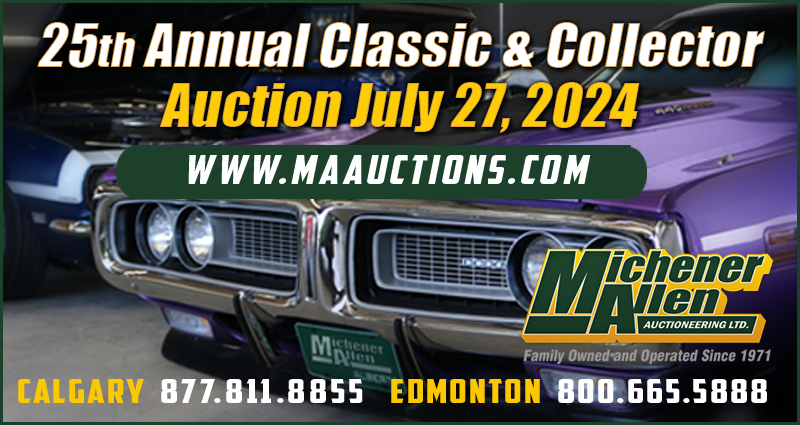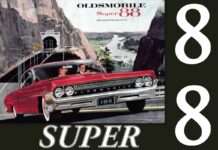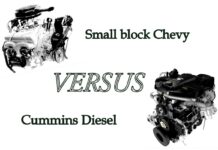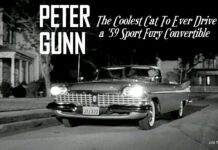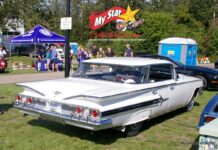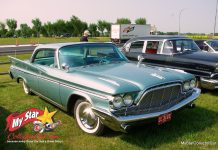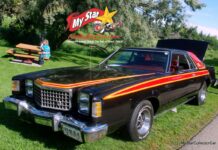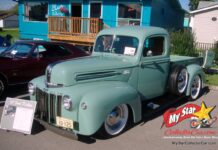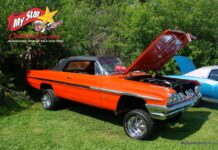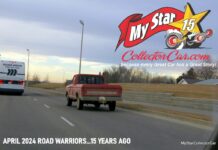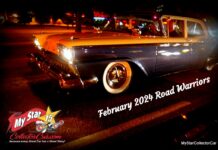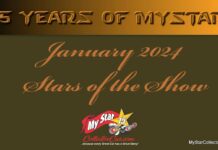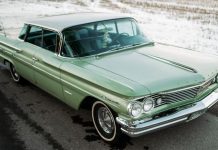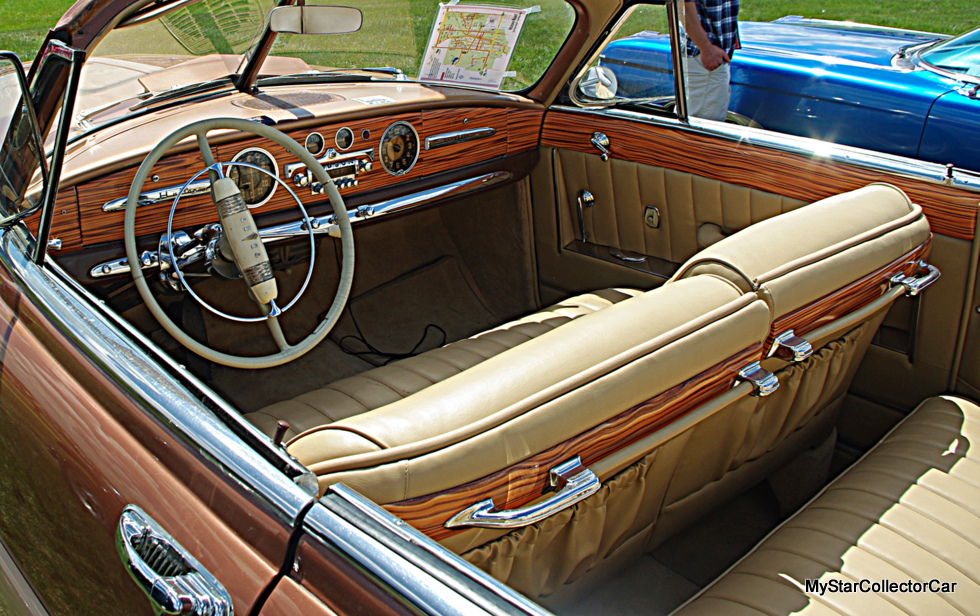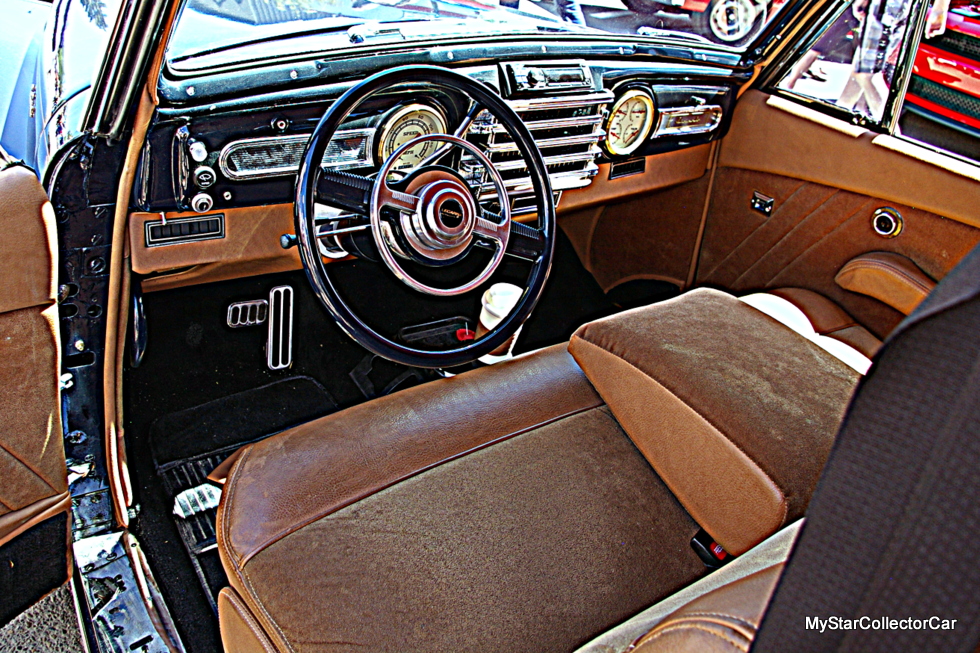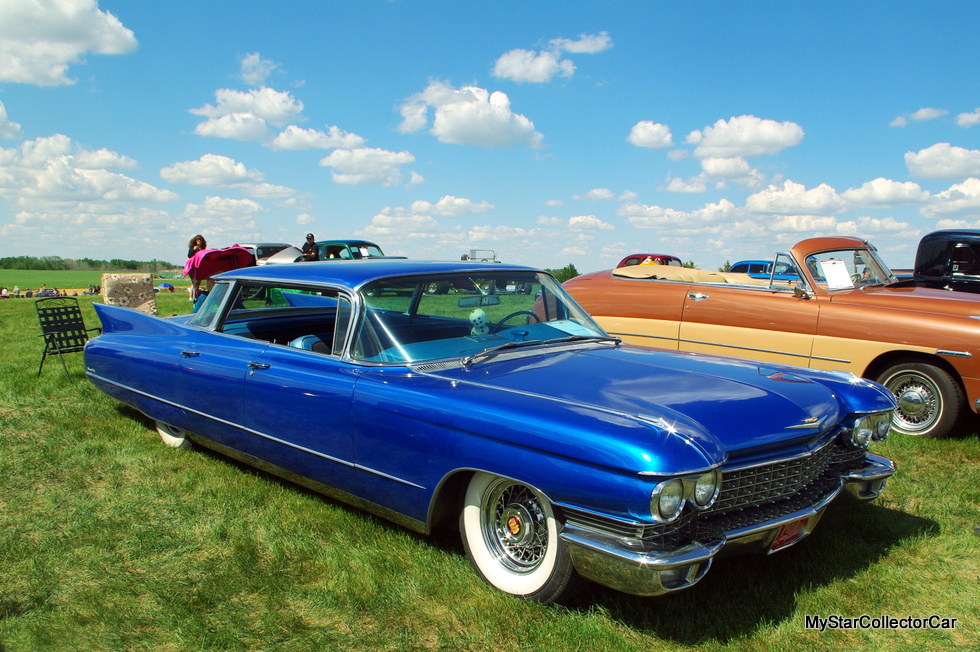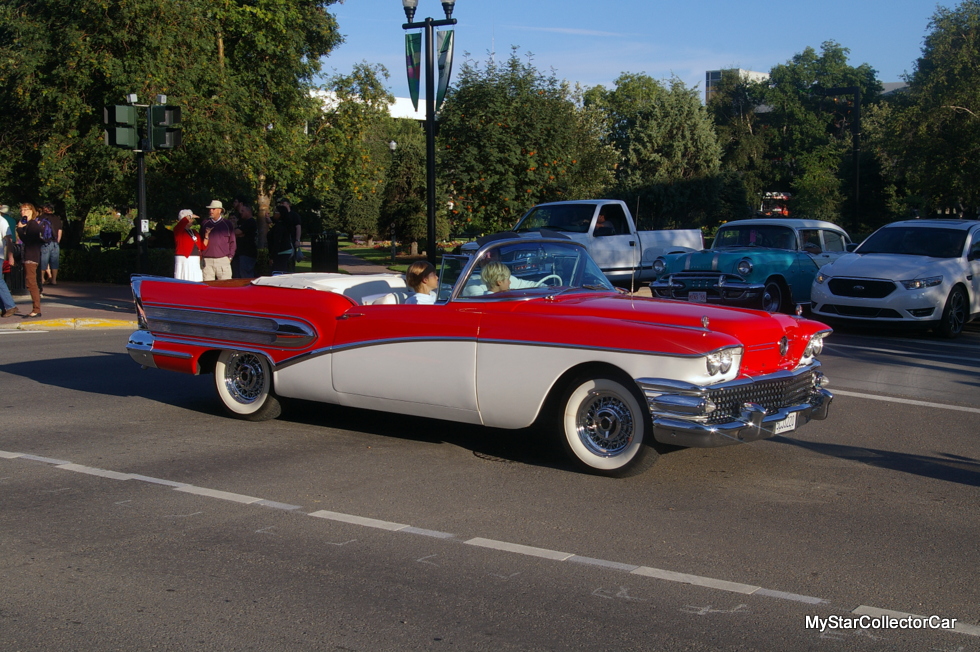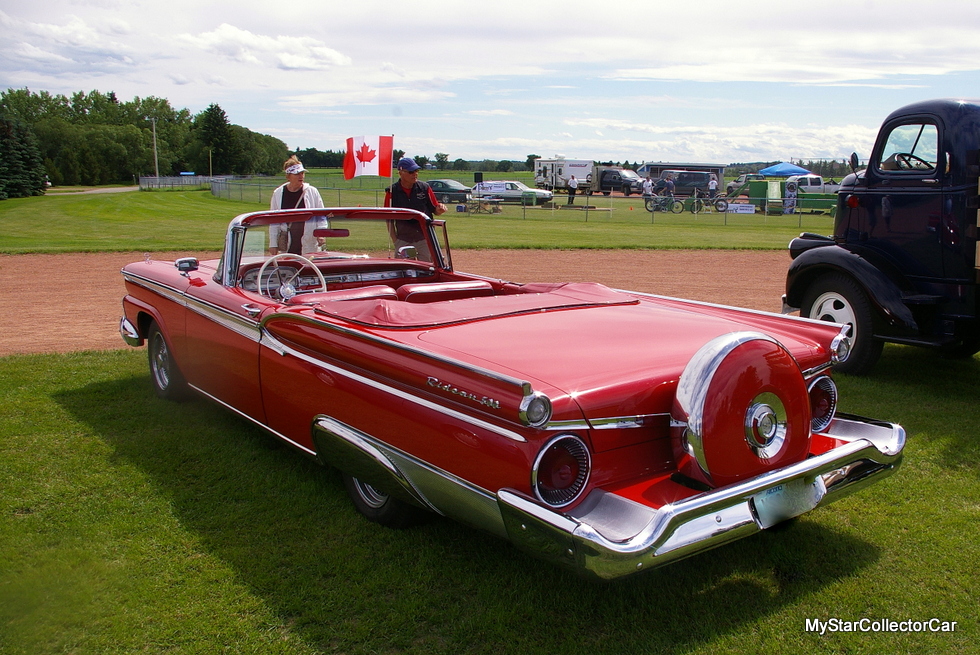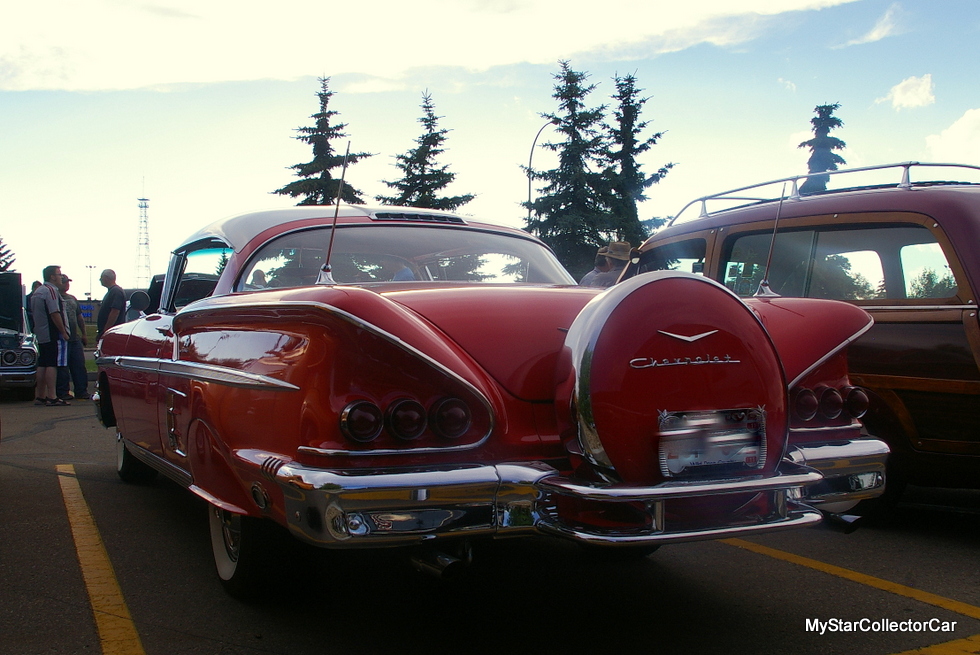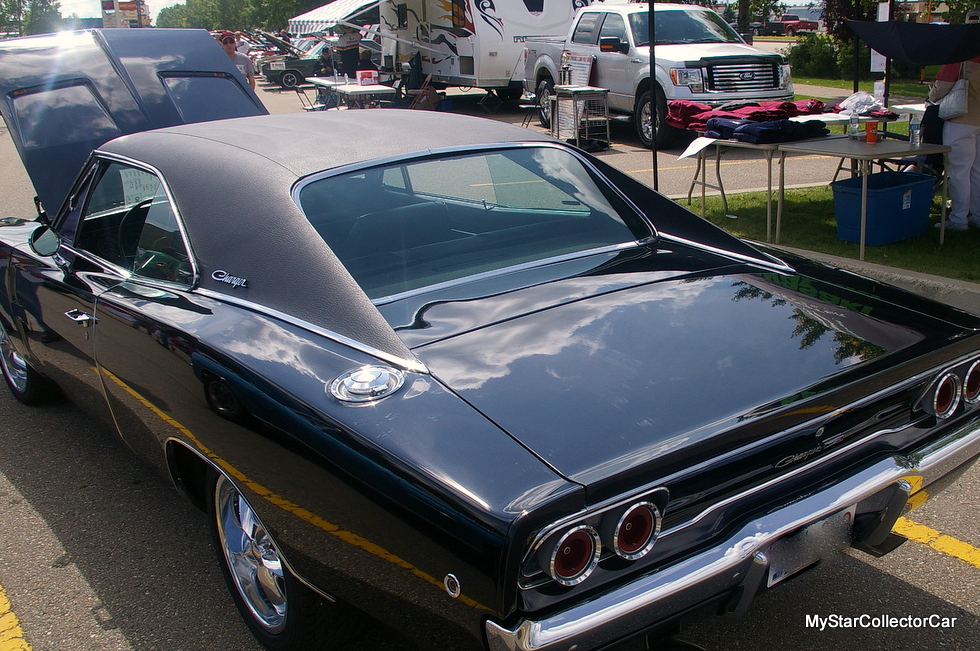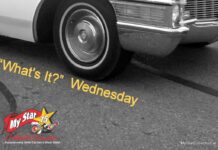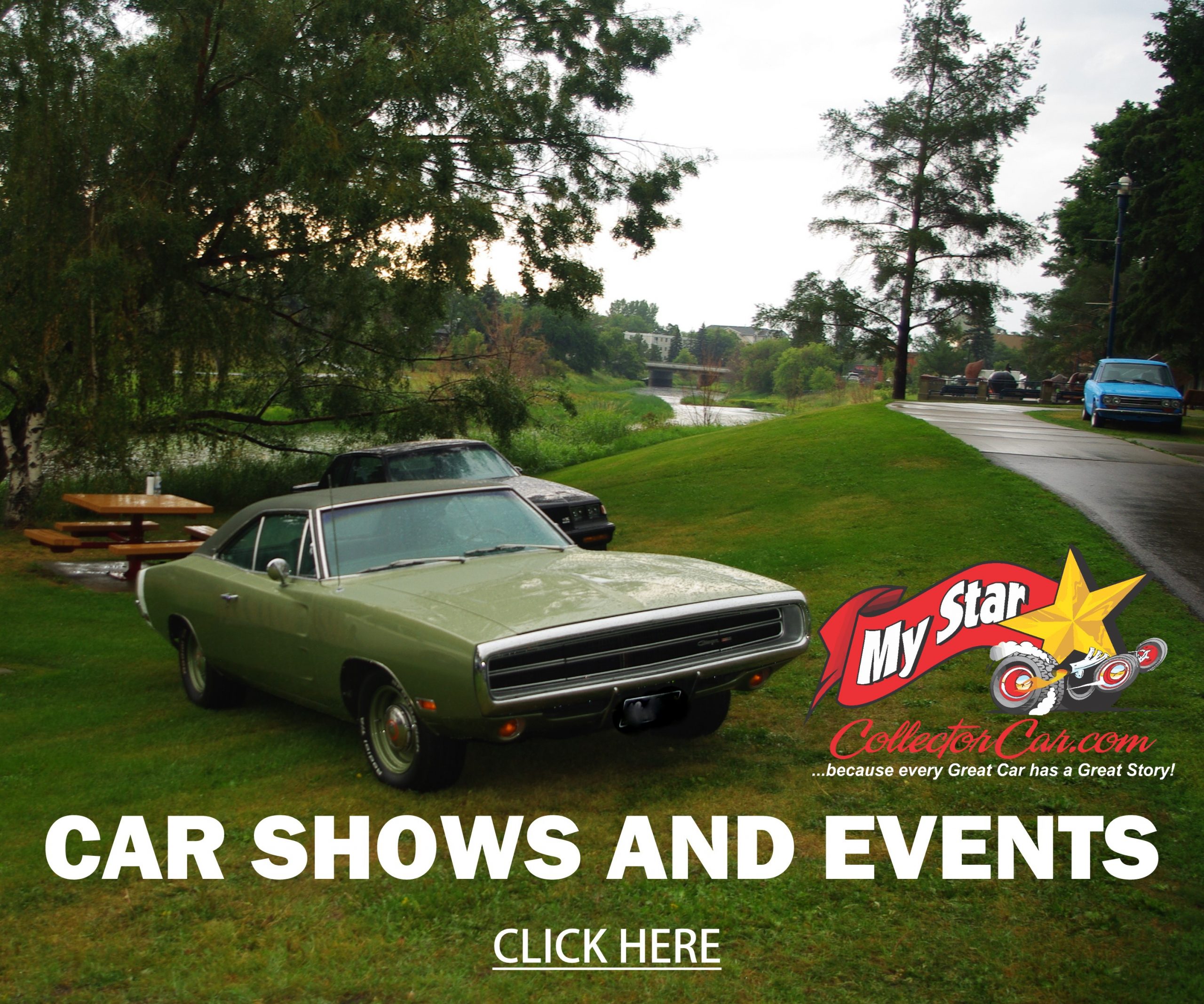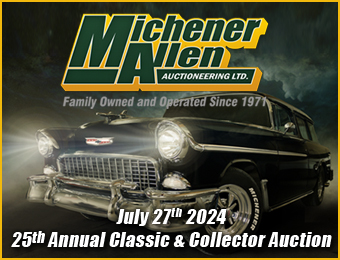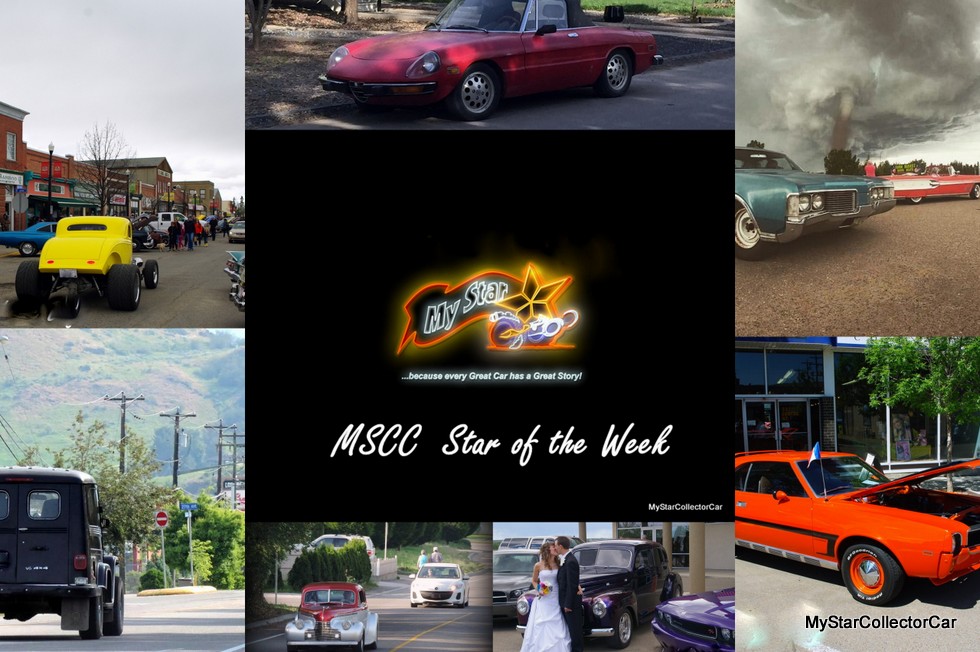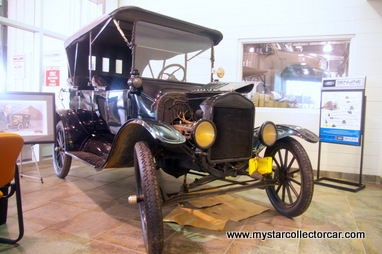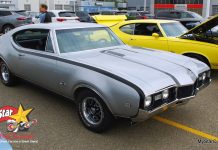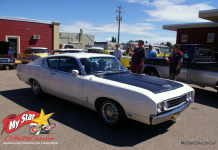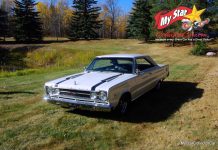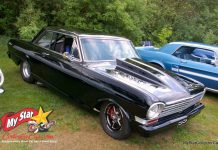Cars from the past had some obvious indications they were purchased by owners who wanted to show the world how the right auto choices could demonstrate the owner’s relative success in life.
In essence, the more bling on their cars-the more success in their lives.
The process started inside the car with chrome trim on the gas pedal and brakes that had a shiny Power Brakes label on them. The interior fabric was likely plush with chrome appointments instead of vinyl with no appointments.
The dash was padded and the dashboard was a fake wood surface that occasionally drifted into a real wood surface in high end cars. The presence of excessive chrome-plated dashboard trim was also a feature on more opulent car models. The absence of chrome on a non-padded dash indicated its budget-minded owner spared the horses on frills for the car.
Power steering was also on the upscale checklist and was likely attached to an ornate steering wheel that had chrome features. There were likely other extra features like chrome-plated ash trays (some even had chrome-plated cigarette lighters) in the rear passenger area.
The rear seats were also a sign the owner checked off more of the boxes on the option list at the dealership. The higher end cars has rear seats that were also bedecked with chrome bling, particularly as it applied to the middle of the seat where a tribute to automotive excess was displayed at the top of the seat.
The interior of a car showed only part of the display for car buyers from a bygone era. Upper scale automotive purchases typically rode on whitewall tires that ranged from very wide whitewalls during an earlier era to less gaudy (but still wide) whitewalls on upper end cars from a later era.
The whitewalls were only the tip of the iceberg when it came to exterior bling on a car because they also had more chrome attached to the paint on the car. An excess of chrome was the order of the day for car buyers who wanted a car that could dazzle onlookers with their shiny parts.
The car makers were happy to oblige their customers’ wishes to add more chrome to a car and then pay the builders for the privilege.
The chrome movement also extended to the extra lights on the car because the lights were highlighted by chrome-plated trim to celebrate the buyer’s lack of cheapness when it came to his new car choices.
Twin chrome antennas mounted on the rear deck of the car were also the order of the day for an upscale buyer during a certain segment of a bygone automotive era. It was a time when average owners even thought long and hard about a mere AM radio purchase with only one antenna located on the front end of the car.
There were other crowning touches on the exterior of a car over the years. Some of them were simply stylishly-chromed badges, while others were chrome–trimmed features like vinyl roofs and rear opera windows that were mounted in the C-pillar.
The final message was pretty simple: excessive bling on a vehicle from the past was a great way for a car owner to demonstrate personal success-or make monthly payments on the illusion.
BY: Jim Sutherland
Jim Sutherland is a veteran automotive writer whose work has been published by many major print and online publications. The list includes Calgary Herald, The Truth About Cars, Red Deer Advocate, RPM Magazine, Edmonton Journal, Montreal Gazette, Windsor Star, Vancouver Province, and Post Media Wheels Section.
- CLICK HERE to Like us on Facebook
- CLICK HERE to Follow us on Twitter
- CLICK HERE to Follow us on Pinterest

